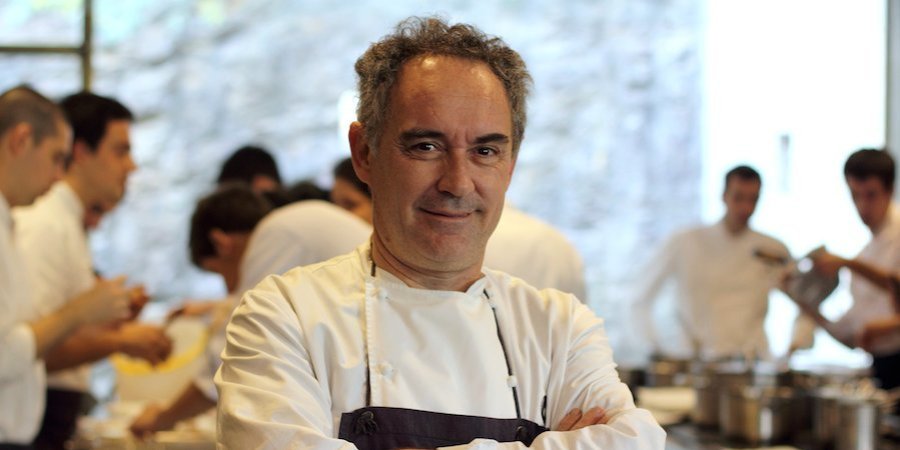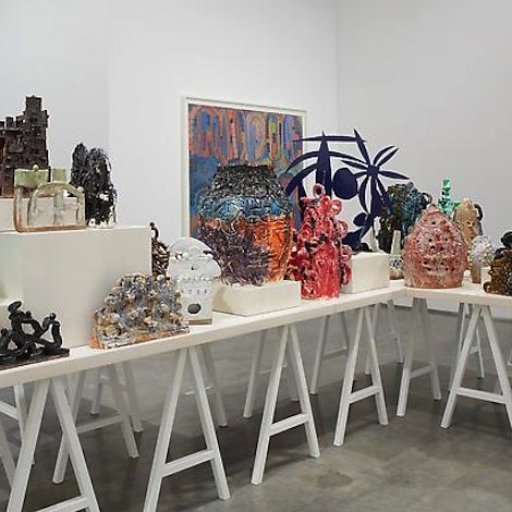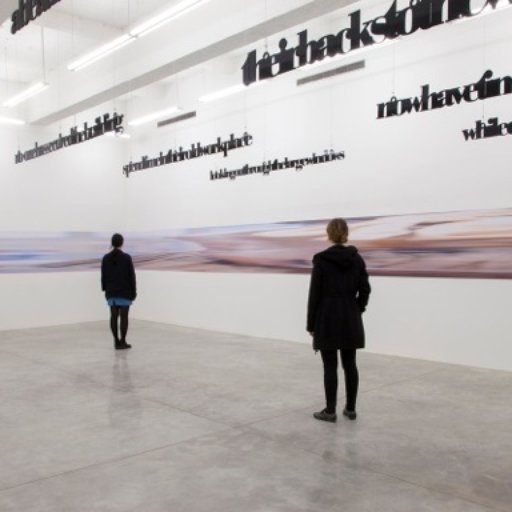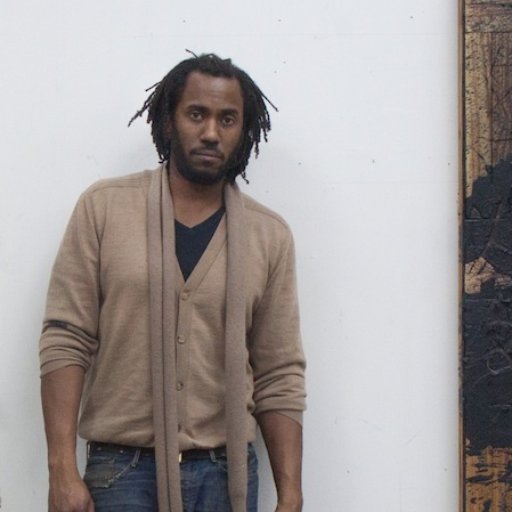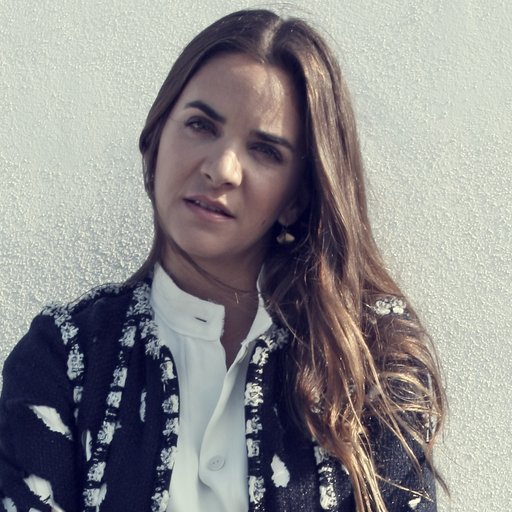In the quarter century since taking over elBulli, Ferran Adriànot only remade the picturesque restaurant on an isolated cove along Spain’s Costa Brava into an international destination but changed the direction of contemporary cuisine thanks to innovations in the field that came to be known as molecular gastronomy. Beyond the culinary world his creativity has been celebrated by curator Roger Buergel, who invited Adrià to participate in dOCUMENTA 12, and now with a exhibition at New York’s Drawing Centertitled “Notes on Creativity.”
Drawing Center executive director Brett Littman curated the show which features the chef’s original working sketches, collages, and notebooks that were used in the development of his cuisine. In a more dramatic break from tradition for the space, they will also feature a variety of documentary materials that seek to place Adrià’s work in the broader context of innovation as well as a new film that features images of all the dishes elBulli ever served. Continuing the celebration in March, Phaidon will release elBulli 2005-2011, a seven-volume compendium detailing recipes and the history of the restaurant. Leading up to the New York show’s opening, Adrià answered our questions about his drive to create and what he's planning next.
Your food at elBulli integrates visual puns and whimsy to upend expectations—making one ingredient look like another, for example. What were you trying to convey?
In addition to employing the five senses during the meal, our aim was for the diners to have a special experience, independent of their appreciation of the food. To do this, we used provocation, a sense of humor, and irony along with what we call the sixth sense. Without doubt, this is one of the most important characteristics of the cuisine of elBulli.
Can you talk about the importance of visual presentation in the creation of your food? Where do the sketches you are showing at the Drawing Center fit in that process?
The drawings form part of the whole creative process. Firstly, the drawings were used along with the “mental palate” to visualize what would be the initial creation. By that, I mean the original recipe. In addition, given that cuisine is ephemeral, the drawings are sketches of the dishes that also function as creative documents serving almost as legal documents.
With regards to the aesthetic, our approach depended on the situation. There were dishes where we wanted to have an attractive presentation after having created the concept and the combination of products. On other occasions, our starting point would be the way of plating and positioning the food. There was no fixed rule. Each creation was different.
Your work involves both the creation of the concept for a dish, as a composer might write a piece of music, but also its repeated execution, as a musician performing and interpreting a score. What do you find engaging in each of these two realms?
We had two totally separate concepts. One was the creation of the dish and the other was its reproduction. They were two processes with different teams of people. Although sometimes both teams coincided, for us both processes were exciting. But without the creative process, the reproductive process wouldn’t make any sense.
Over more than two decades you have constantly been innovating at a rate that many creative individuals would find daunting. How do you recharge yourself and maintain that level of innovation?
Firstly, and most importantly, we worked as a team consisting of five or six people. Additionally and importantly was the fact that we had a calendar of several months working in elBullitaller—the small workshop where the dishes were created—and six months in elBullirestaurant, where they were served. Between the months in the restaurant and the months in el taller, there was a creative break.
For us, every year was like starting a new restaurant. This stopped things from becoming monotonous. Furthermore, every year we undertook a creative audit, which we carried out ourselves. This produced a highly demanding level of creativity.
Did you ever face a time when you were blocked creatively?
Being in a team minimizes any creative blocks because when one of us is having problems, another can always respond. That is the advantage of working as a team. This is especially true of the people I worked with—Albert Adrià, Oriol Castro, Eduard Xatruch, Mateu Casanyes, Marc Cuspinera, or Albert Raurich, among others—who know the language of elBulli as well as I do.
Since the restaurant in Roses closed in 2011, you have been working to establish elBullifoundation at that location. Can you tell me about the goals there?
The principal motto is “elBullifoundation feeding creativity.” This motto encourages creativity and expresses that we want to use creativity on the inside as well as when looking outside. That is to say: while we want to nourish other people, we also want others to nourish us.
Under elBullifoundation we have created three projects that will operate in dialogue with all the creative disciplines.
elBulli1846 will be a visitor space designed to preserve the legacy of the original restaurant. In this space, we also envisage a group of artists, designers, and architects working on how to show the history of cooking, articulating it in a way that transforms it into a workshop.
elBulliDNA will be a laboratory of creativity featuring a mix of chefs and other creatives, where food experimentation is conducted for eight months of the year, with results posted online every day. Within the creative team of elBulliDNA we will have an external group of provocateurs, designers, artists, et cetera.
And the third project, Bullipedia, is an easily navigable research resource on elBulli's cookery. Experts in other disciplines (botany, history, et cetera) will be enormously useful in pushing this project forward.
BESbswyBESbswyBESbswyBESbswyBESbswyBESbswyBESbswyBESbswyBESbswyBESbswyBESbswyBESbswy











